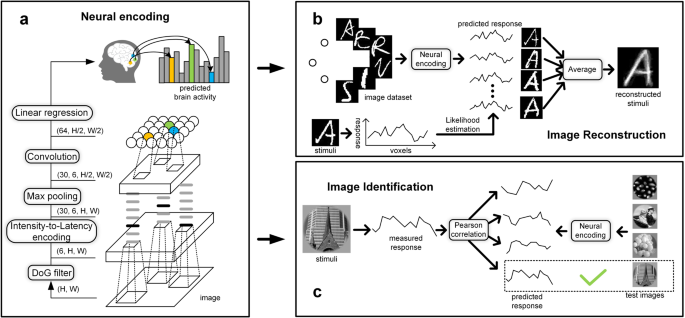Schnitzel lover
Regular
Another $2.8mill I believe before Dec 31st.."Now we have to hope that a cap raise won’t be coming and that the management team chooses action over words. Something up until this point they were never able to do."
LDA are our finance partners. We still need to make another call to satisfy our obligation before the end of the year. That's why so many shorts are hanging around, a near guaranteed supply of new shares from the company itself as there is no revenue to pay the bills.
Not popular but a reality of business. There is no free lunch.
If you want a free lunch you have to be a BRN employee


